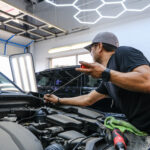Imagine this scenario: you wake up one morning to find your beloved car pelted with hail damage after a sudden and fierce storm. It’s a frustrating sight, but you may be tempted to put off those repairs, thinking it’s a minor issue. However, what many car owners don’t realize is that delaying hail damage repairs can significantly impact the resale or trade-in value of their vehicle. In this blog post, we’ll explore the hidden costs of neglecting hail damage and how it can affect your car’s value by $4,000 to $9,000.
The Immediate Consequences
Hail damage may not seem like a big deal at first glance, especially if it doesn’t affect your vehicle’s functionality. However, that seemingly harmless damage can lead to more significant problems down the road. Here are a few immediate consequences:
- Cosmetic Damage: Hail damage often leaves unsightly dents and dings on your car’s exterior, diminishing its aesthetic appeal.
- Resale Value: When you decide to sell or trade in your vehicle, potential buyers or dealerships will scrutinize every aspect of your car. Hail damage can make your car less appealing and harder to sell.
- Future Damage: Unrepaired hail damage can weaken your car’s structural integrity, making it more vulnerable to further damage in future storms.
- Rust and Corrosion: Hail dents can compromise your car’s protective paint and expose it to rust and corrosion, which can spread and worsen over time.
The Impact on Your Car’s Value
The true cost of neglecting hail damage becomes apparent when you decide to sell or trade in your vehicle. Here’s how it can affect your car’s value:
- Reduced Resale Value: Hail damage can substantially reduce the resale value of your car. Buyers are likely to use this as leverage to negotiate a lower price, meaning you may end up with significantly less money than you anticipated.
- Trade-In Value: If you plan to trade in your car, dealerships will factor in the cost of repairing hail damage when determining the trade-in value. This means you’ll get less credit for your vehicle, making it harder to afford a new one.
- Limited Buyers: Hail-damaged cars appeal to a smaller pool of potential buyers, further reducing the likelihood of a quick sale.
- Difficulty Selling: It may take longer to find a buyer for a hail-damaged car, tying up your resources and time.
Filing a Claim: A Common Misconception
Some car owners hesitate to repair hail damage because they believe that filing a comprehensive insurance claim will lead to increased premiums. However, in most cases, this is not true. Hail damage is typically considered an act of nature, and filing a claim for it usually does not raise your insurance rates. This means you can get the repairs you need without worrying about a financial penalty.
Conclusion
While it may be tempting to postpone repairing hail damage to save money in the short term, the long-term costs can be substantial. Neglecting these repairs can result in a significant reduction in your car’s resale or trade-in value, costing you anywhere from $4,000 to $9,000 or more. Don’t let the hidden costs of hail damage come out of your pocket. Instead, prioritize timely repairs to protect the value of your vehicle and ensure you get the best return on your investment when the time comes to sell or trade it in.








